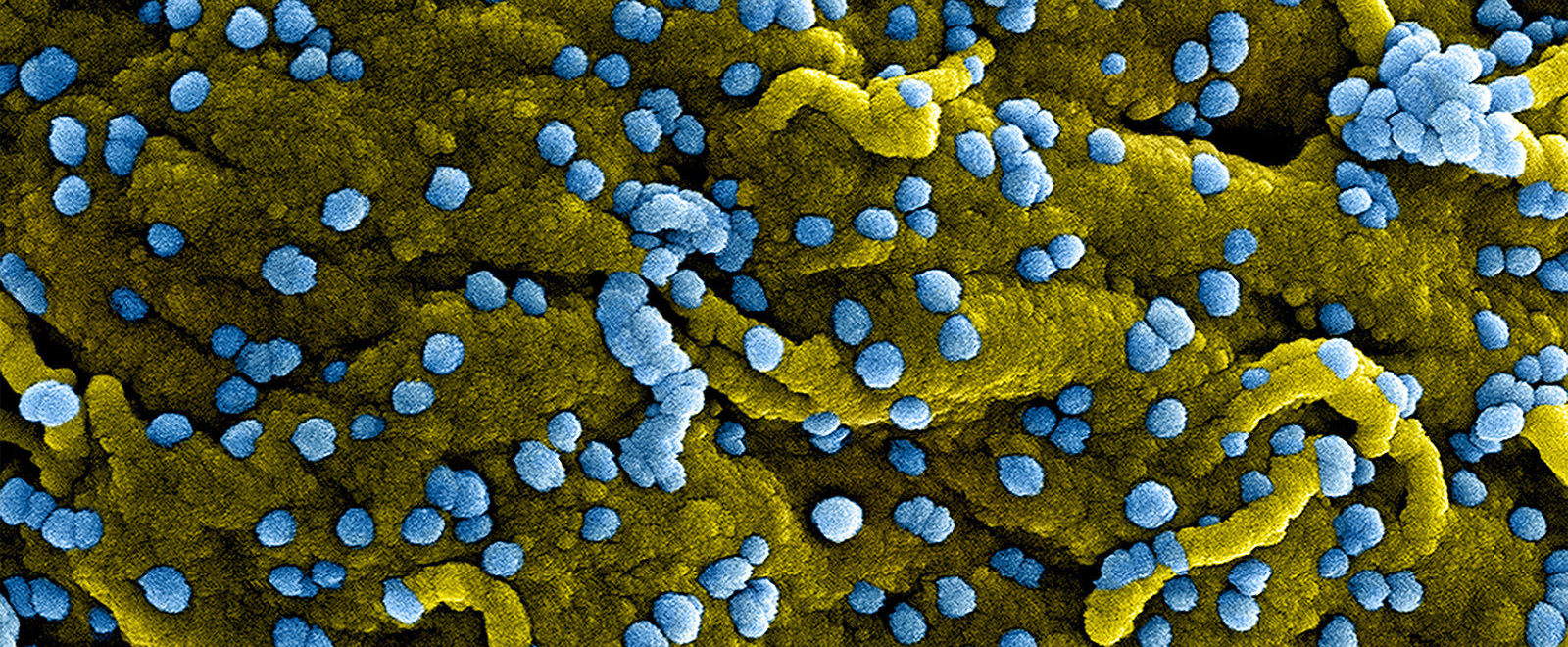Six people have died and hundreds more have been infected in the novel coronavirus outbreak in China.
As of this morning, the CDC reports that ‘exported’ cases have also been confirmed in Thailand, Japan, The Republic of Korea, and the United States.
Human-to-human transmission was initially thought to be limited, but the CDC has updated its information noting that “a growing number of patients reportedly have not had exposure to animal markets, suggesting limited person-to-person spread is occurring, though it’s unclear how easily or sustainably this virus is spreading between people”.
The latest information on deaths and infections is available in a situation report from the WHO.
The SMC has collected the following expert commentary on the virus and the latest developments.
Associate Professor Siouxsie Wiles, School of Biological Sciences, University of Auckland, comments:
“Coronaviruses are a large family of viruses that circulate in animals and humans. In humans, they usually cause nothing worse than a cold, but at least twice in the past twenty years, coronaviruses have spread from animals to humans and caused more serious respiratory infections that resulted in deaths. These are SARS and MERS.
“One interesting feature of the SARS and MERS outbreaks is that while most infected people didn’t infect many other people, some became what are known as ‘super-shedders’ – infecting huge numbers of other people. A combination of shedding large amounts of virus, overcrowding, and a poor ventilation system saw one SARS patient infect 138 staff, patients, and visitors at one hospital in Hong Kong. Meanwhile, one patient with MERS travelled from the Middle East to South Korea infecting 186 people, 38 of whom died.
“So, should we be worried? The World Health Organization are saying there’s no need for alarm just yet, but there is still so much not known about this virus that things could change very quickly.
“As of Monday, it looked like the virus wasn’t transmitting very well between people, but there are now reports that 14 healthcare workers have been infected from one patient. This could mean super-shedders are starting to emerge. If that’s the case, we may well start to see big jumps in the number of cases. But it could also just be a failure in the systems that should be in place to protect healthcare workers from infection. Let’s hope it’s the latter.
“For now, if you are travelling to China for the Lunar New Year, avoid live animal markets and people with flu-like symptoms, wash your hands frequently, and try to avoid touching your face. If you develop flu-like symptoms, quarantine yourself and contact your GP, and make sure you practice good sneeze and cough hygiene – into your elbow, not your hands!”
These comments were excerpted from Siouxsie’s post about the virus on Sciblogs – read the full post here.
Dr Helen Petousis-Harris, Vaccinologist, University of Auckland, comments:
“As of today the following countries have reported cases: China (nearly 300 cases, 6 deaths), Thailand (2), Japan (1), Republic of Korea (1), and the United States (1). To the best of my knowledge, there are no secondary cases in these countries. However, human-to-human transmission poses loads more challenges for limiting the spread. There are around 3,300 passengers per day from Wuhan, which has a population of around 19 million. Agencies all over the world are monitoring the situation closely. Some places have set up screening of passengers coming from Wuhan China at their borders.
“The WHO have an emergency meeting on Wednesday 22 Jan to determine if this is a public health emergency. If this happens then there will be resources mobilised and the WHO will have more power to control disease under International Health Regulations. This would be a very rare move.”
Can you treat it?
“There are no effective treatments for coronaviruses per se. The symptoms can be treated. ”
Can you avoid it?
“As with any infectious respiratory disease – wash hands, cover coughs and sneezes, stay away from sick people. This virus is probably spread by droplets in the air from coughs and sneezes.”
What about a vaccine?
“If this proves to be a public health emergency, then a vaccine is likely. Already scientists at the US National Institutes of Health are working on a vaccine.
“Developing a vaccine against coronavirus is not as challenging as for some other infections. Coronaviruses have a protein called the ‘S’ protein that is a good vaccine target. The gene for this protein can be inserted into something like an adenovirus vector to produce a live viral vaccine.
“It would be at least a year before a vaccine was available but it is likely very doable. It all depends on what happens next!”
Should we have border control?
“We should follow our New Zealand pandemic preparedness plan. There is a six-stage strategy. The second phase is border management (keep it out). The potential trigger is sustained human-to-human transmission in two or more countries. As of today, this has not yet been demonstrated. Watch this space!”
These comments were excerpted from Helen’s post about the virus on Sciblogs – read the full post here.
